**”The Mechanics of Sprinting: Analyzing the Biomechanical Factors That Influence Speed and Efficiency”**
# The Mechanics of Sprinting: Analyzing the Biomechanical Factors That Influence Speed and Efficiency
Sprinting is a dynamic and exhilarating form of running that emphasizes speed and power. Athletes across various sports, from football to track and field, rely on sprinting for peak performance. Understanding the biomechanical factors that influence sprinting can help athletes improve their technique, increase their efficiency, and ultimately enhance their performance. This blog post will delve into the mechanics of sprinting, focusing on key elements such as body posture, muscle coordination, and the role of nutrition and exercise in optimizing speed.
## The Biomechanics of Sprinting
### Body Posture and Alignment
One of the most critical aspects of sprinting mechanics is body posture. Proper alignment ensures that forces are efficiently transmitted through the body, allowing for maximum speed. The ideal sprinting posture involves a forward lean, with the torso slightly inclined and the head held in a neutral position. This alignment helps maintain balance and reduces drag from the air.
### Stride Length and Frequency
Sprinting efficiency is also influenced by stride length and frequency. Stride length refers to the distance covered in a single step, while stride frequency refers to the number of steps taken per second. Elite sprinters typically achieve an optimal balance between these two factors, allowing for rapid acceleration and speed maintenance. A longer stride can increase distance covered, but if it leads to a loss of frequency, it may hinder overall speed.
### Muscle Coordination
Effective sprinting requires precise muscle coordination. The primary muscles involved include the quadriceps, hamstrings, calves, and glutes. These muscles work in an intricate pattern during the sprinting cycle, including phases such as the drive phase, float phase, and recovery phase. Proper coordination ensures that energy is efficiently transferred through the body, optimizing performance while minimizing the risk of injury.
## Nutrition Tips
Fueling the body with the right nutrients is essential for optimal sprinting performance. Here are some nutrition tips to consider:
1. **Carbohydrate Intake**: Prioritize complex carbohydrates such as whole grains, fruits, and vegetables to provide sustained energy for high-intensity sprinting.
2. **Protein for Recovery**: Incorporate lean protein sources like chicken, fish, legumes, and dairy products to aid muscle recovery and growth after sprinting sessions.
3. **Hydration**: Staying adequately hydrated is vital. Dehydration can impair performance and recovery, so aim to drink water consistently throughout the day, especially before and after workouts.
4. **Timing of Meals**: Consume a balanced meal or snack rich in carbohydrates and protein about 30 to 60 minutes before sprinting to provide energy and enhance performance.
## Exercise Advice
To improve sprinting mechanics and performance, athletes can incorporate specific exercises into their training routines:
1. **Plyometrics**: Incorporate plyometric exercises such as box jumps and bounds to enhance explosive power and improve muscle coordination.
2. **Strength Training**: Focus on compound movements that engage multiple muscle groups, such as squats and deadlifts, to build strength in key sprinting muscles.
3. **Drills**: Include sprint-specific drills like high knees, butt kicks, and acceleration sprints to improve technique and efficiency.
4. **Flexibility Training**: Incorporate dynamic stretching and mobility exercises to increase flexibility and reduce the risk of injuries.
## Health Benefits
Sprinting offers numerous health benefits beyond just improving athletic performance. Engaging in regular sprinting workouts can lead to:
1. **Improved Cardiovascular Health**: Sprinting is an effective form of high-intensity interval training (HIIT), which can enhance cardiovascular fitness and endurance.
2. **Increased Metabolism**: Sprinting can boost metabolism, helping with weight management and fat loss due to the afterburn effect.
3. **Enhanced Muscle Tone**: The explosive nature of sprinting engages multiple muscle groups, contributing to improved muscle tone and strength.
4. **Mental Health Benefits**: Physical activity, including sprinting, releases endorphins, which can help reduce stress and improve overall mood.
## Conclusion
In summary, understanding the mechanics of sprinting—encompassing body posture, stride dynamics, and muscle coordination—is crucial for athletes seeking to improve their speed and efficiency. Complementing biomechanical knowledge with proper nutrition and targeted exercise routines can further enhance performance and overall health. By focusing on these elements, athletes can maximize their sprinting potential, leading to greater achievements on the track and in life.


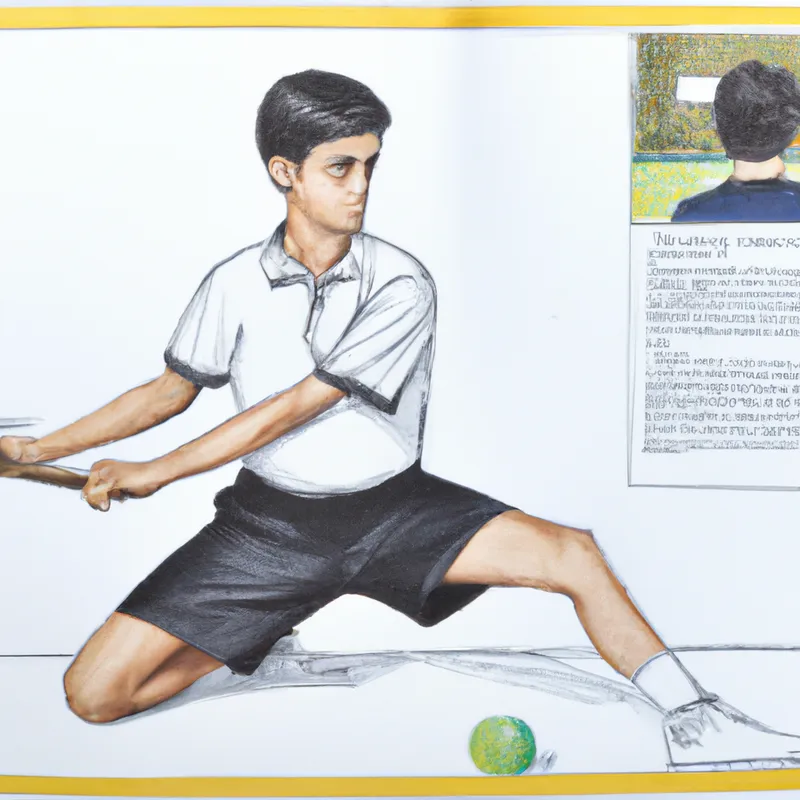

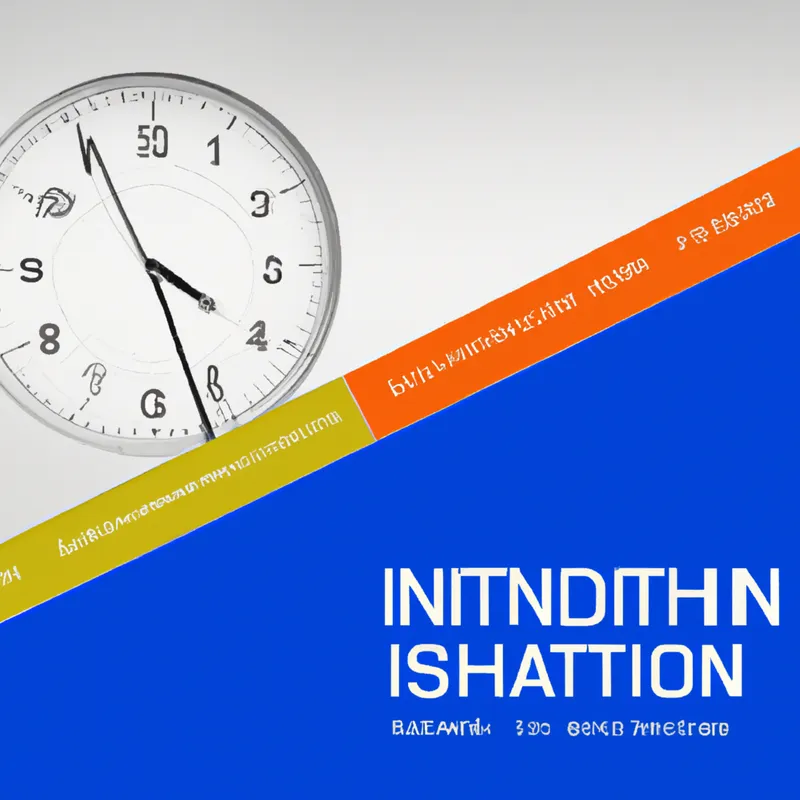


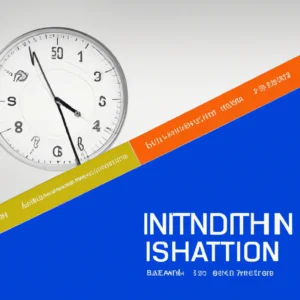

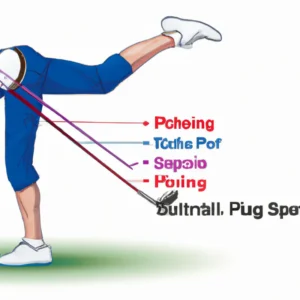

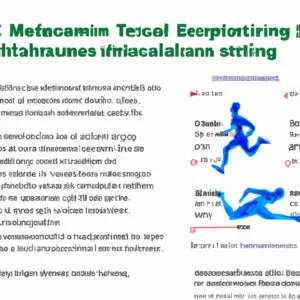



Post Comment